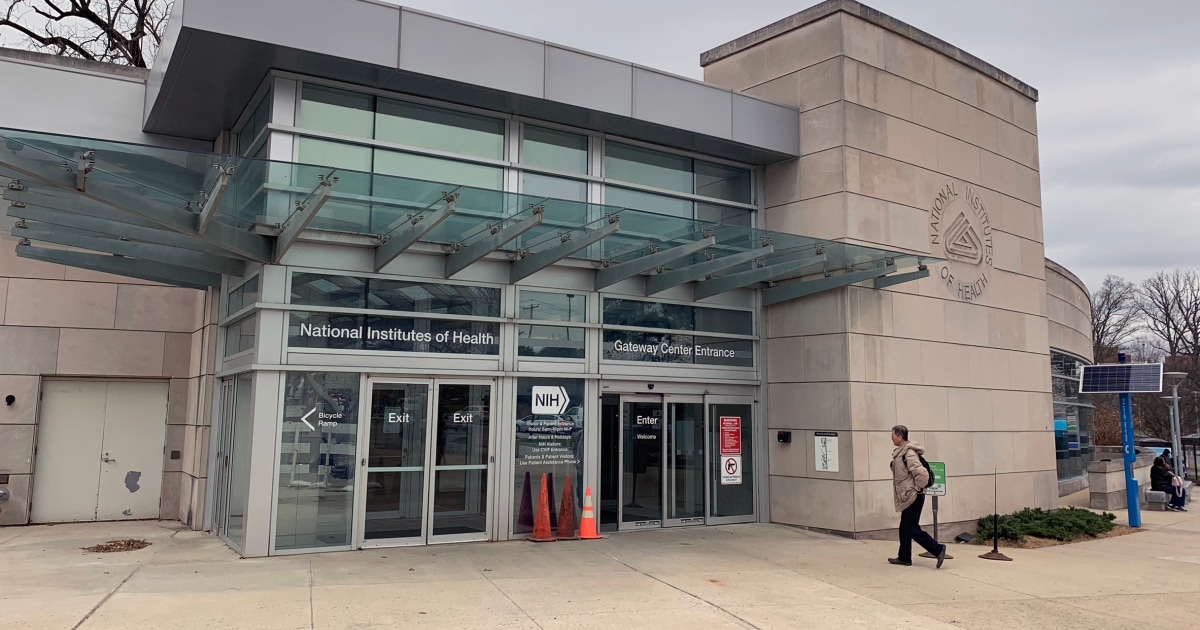NIH Cuts Funding for Indirect Research Costs: Understanding the Implications for Scientists
The recent announcement from the National Institutes of Health (NIH) regarding cuts to funding for indirect research costs has sent ripples through the scientific community. These changes, which significantly reduce the financial support that institutions receive for overhead expenses associated with research projects, raise pressing questions about the future of scientific inquiry and innovation in the United States.
What Are Indirect Research Costs?
Indirect research costs, often referred to as Facilities and Administrative (F&A) costs, encompass a range of expenses that are not directly attributable to a specific research project. These can include:
- Utilities and facility maintenance
- Administrative support and personnel costs
- Depreciation of buildings and equipment
- General office supplies
- Compliance and regulatory expenses
Understanding these costs is crucial, as they form the backbone of research infrastructure, enabling scientists to conduct their work in a supportive environment. The NIH typically allocates a percentage of grant funding to cover these indirect costs, which can vary by institution and type of research being conducted.
The Implications of NIH Funding Cuts
The recent cuts to funding for indirect research costs could have profound implications for scientists and their work. Here are several key areas of concern:
1. Financial Strain on Research Institutions
With reduced funding for indirect costs, research institutions may face immediate budgetary constraints. This could lead to:
- Increased tuition and fees for graduate students
- Layoffs or hiring freezes for administrative and support staff
- Reduced funding for shared resources like core facilities
As universities and research hospitals grapple with these financial realities, the quality and accessibility of research resources may decline, hindering scientific progress.
2. Impact on Grant Applications
Scientists may also find their grant applications affected by the funding cuts. With reduced indirect cost reimbursement, researchers might struggle to justify the full scope of their proposed projects. This could lead to:
- Fewer successful grant applications as institutions lower their indirect cost rates to attract funding
- Increased competition among researchers as they vie for limited resources
- Changes in the types of research being pursued, with a potential shift toward projects that require less infrastructure support
3. Potential Decrease in Research Output
As financial pressures mount, the overall output of research may decline. Scientists may be forced to limit the scope of their projects or abandon ambitious studies altogether. The long-term consequences could include:
- Slower advancements in critical fields such as biomedical research, environmental science, and public health
- Loss of competitiveness in the global research arena
- Fewer innovations that could translate into real-world applications
Adapting to the New Funding Landscape
Despite the challenges posed by these funding cuts, the scientific community is resilient. Researchers and institutions may need to adapt in several ways:
1. Rethinking Budgeting Strategies
Institutions will likely need to reassess how they allocate resources. This might involve:
- Prioritizing essential research projects that can be conducted with limited indirect costs
- Exploring alternative funding sources, such as private foundations or industry partnerships
- Implementing cost-sharing measures to distribute financial burdens across departments
2. Collaborative Approaches
Collaboration among researchers may become more critical than ever. By pooling resources and expertise, scientists can:
- Share facilities and equipment to reduce individual costs
- Combine grant applications to strengthen proposals and maximize funding potential
- Form interdisciplinary teams that can tackle complex problems more effectively
3. Advocacy for Change
Researchers and institutions must advocate for policies that support adequate funding for indirect costs. This can involve:
- Engaging with lawmakers to highlight the importance of indirect cost funding
- Participating in professional organizations that represent the interests of scientists
- Educating the public about the value of research and the infrastructure that supports it
Looking Ahead: The Future of NIH Funding
The NIH has played a pivotal role in advancing scientific research in the United States and around the world. As the funding landscape shifts, it is essential for scientists to remain proactive and adaptive. While the cuts to indirect research costs present significant challenges, they also open up discussions about how research is funded and conducted.
Researchers are encouraged to think creatively about their funding strategies and to collaborate across disciplines. By fostering an environment of innovation and cooperation, the scientific community can continue to thrive, even in the face of adversity.
Conclusion
The NIH’s decision to cut funding for indirect research costs is a wake-up call for scientists and research institutions alike. As the implications of this change unfold, it is crucial for the community to come together, share resources, and advocate for sustainable funding solutions. Through resilience and collaboration, the scientific endeavor can continue to advance, ultimately benefiting society as a whole.
See more WebMD Network



